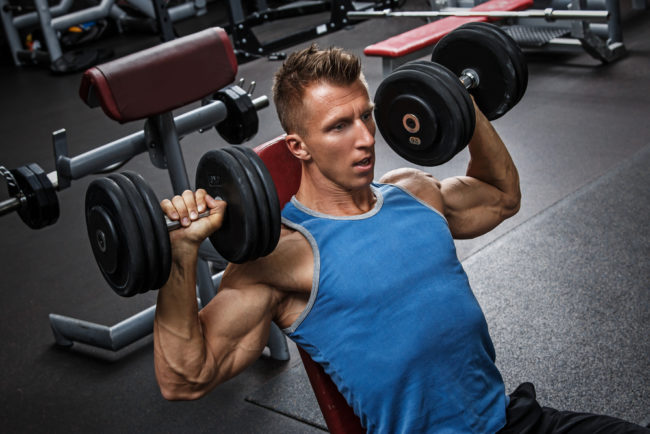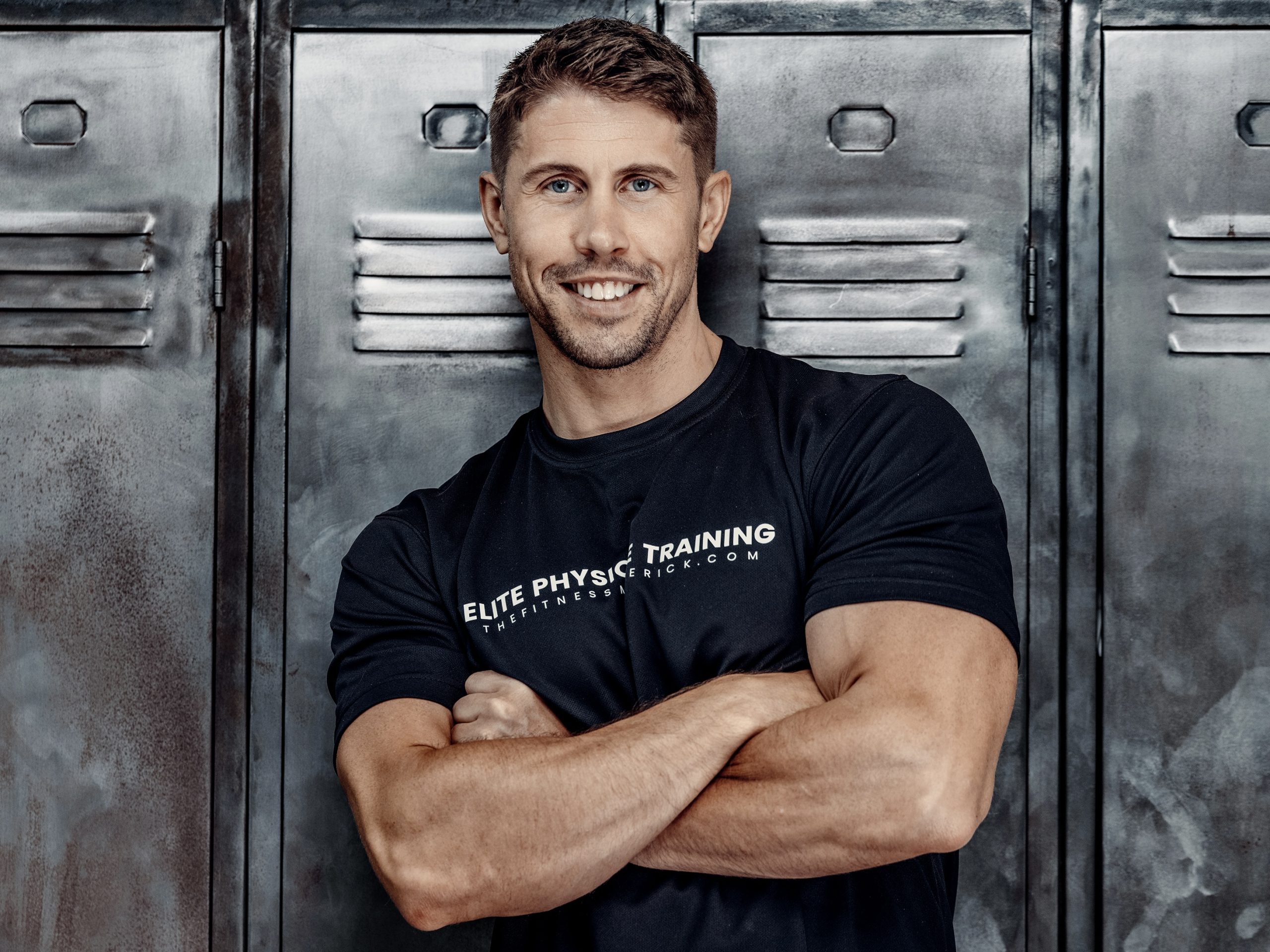Building bigger shoulders is essential for an athletic-looking frame. However, because of the complex anatomy of the shoulder, just hammering lots of presses and lateral raise variations can often lead to shoulder pain and dysfunction.
Sure, when you’re an 18-year-old newbie you can hammer your body and get away with a lot of mistakes. Swing a few sets of lateral raises and your shoulders are looking capped after a just few months. When you’re a little older though, it’s essential that you train much smarter in order to achieve consistent development in muscle size and strength, whilst remaining pain-free.
Here are some quickfire tips to help you get the most from your shoulder workouts, avoid pain, and develop stronger bulletproof shoulders.
1 – Don’t bounce or swing
Don’t bounce at the bottom of an overhead press, or swing your lateral raise out the bottom position. It can aggravate the supraspinatus tendon. I tend to program a 1-second pause at the bottom of many shoulder movements to help prevent this. Deadstop Lateral Raises (video below) can also be a great way to minimise swing whilst efficiently activating the shoulders by inhibiting the stretch-reflex mechanism. Less reliance on muscle elastic properties, means more reliance on pure muscle contractile force.
2 – Switch a barbell for dumbbells
There’s nothing wrong with a barbell if your anatomy allows it, but dumbbells allow a little extra free movement at the shoulders. Try pressing overhead in a semi-supinated or neutral position instead, with dumbbells, kettlebells of even a Swiss bar. You can also perform dumbbell/kettlebell presses pronating, which works closely with the function of the shoulders and shoulder stabilisers.
3 – Use the scapular plane
Instead of performing lateral raises towards the side (frontal plane) try shifting 30 degrees forwards and using the scapula plane instead. Not only do the deltoid and supraspinatus have a more direct line of pull in the scapular plane, there’s also increased activity of the external rotator muscles. Notice the slight forward angled movement in the video below.
4 – Don’t go above 90 degrees
Don’t go above 90 degrees during lateral raises, it can lead to a pinching of the rotator cuff and inflammation. If you do go above 90 degrees use a Neutral Grip instead, as seen in the video below.
5 – Don’t neglect the posterior delts
The posterior delts are a source of weakness for most people compared to the medial and frontal delts. This imbalance can lead to supraspinatus tendon abnormalities, and a source of pain. Plus, it just isn’t a good look. Have you ever checked out a CrossFitter’s rear delts!? If you haven’t then you’d have a hard time seeing them anyway, as these are often one of the most neglected muscles in many so-called training systems. For complete development and shoulder balance you need to isolate them with specific exercises.
6 – Learn how to isolate the rear delts
To effectively target and stimulate the rear delts you need to keep your arm back in the frontal plane and use an offset grip, alternatively you could bend-over or support your chest (video above) when performing laterals. The exercise below combines an offset grip with a bent-over lateral raise.
7 – Try using a side-lying position
Side-lying on a bench can effectively target the supraspinatus, since the function of this key rotator cuff muscle is to abduct the arm during the first 15-30 degrees. This is important to know if you want strong and pain-free shoulders. Side-lying will help apply load at the 15-30 degrees position, versus a standing lateral raise where load is reduced in the bottom position. You can perform the below exercise on a bench or a stability ball.
8 – Try leaning away to activate the medial deltoids
In order to truly target the fibres of the medial deltoid, lean away lateral raises are an excellent option. This highly effective shoulder exercise allows a greater load to be placed on the deltoids at the top of the movement, whilst also minimising risk on the shoulder joint. You can also perform them in the scapular plane as shown in the video below.
If you have feedback or questions about any of the topics I have covered in this article then please leave a comment. If you think this will help a friend then please free to share it on Facebook.


Nice post. I bet many people who wants to work on their muscles will benefit from this. But it is still best to consult a gym instructor for guidance and advice.
Thank you! I completely agree with you, working with a coach in person is always best.
Really am thankful for posting this as well as the very helpful videos showing the proper way to develop one’s shoulder muscles and overall muscle building in one go. Much appreciated.